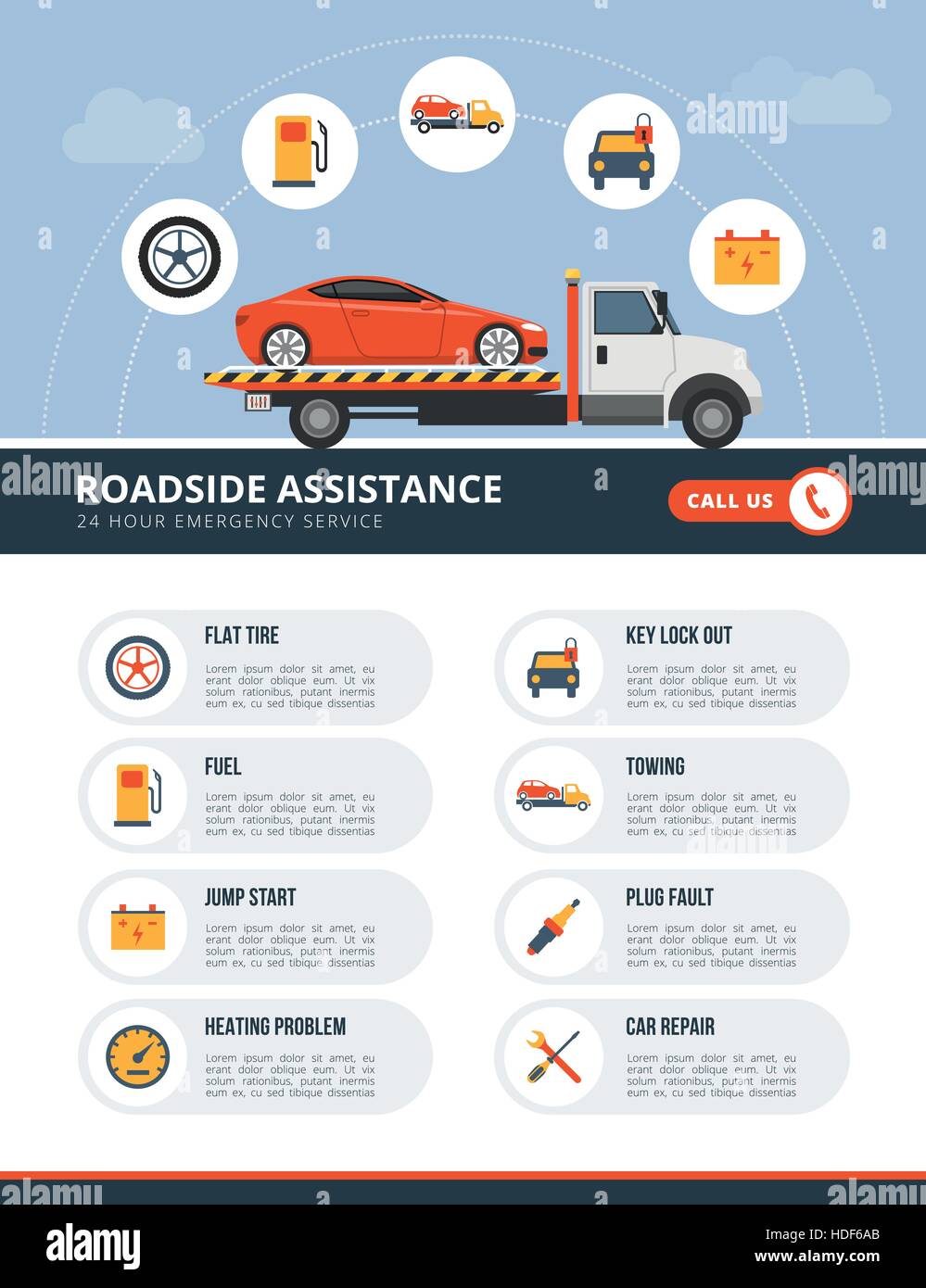Analyzing Your Cars And Truck'S Warning Indicators: What They Actually Convey
Analyzing Your Cars And Truck'S Warning Indicators: What They Actually Convey
Blog Article
Web Content Author-Sykes Winters
When you're behind the wheel, those glowing warning lights on your dashboard can be a bit bewildering. Do you know what they're attempting to inform you regarding your cars and truck's health and wellness? Understanding the relevance of these lights is essential for your security and the longevity of your car. So, the following time among those lights turns up, would not you want to analyze its message precisely and take the essential steps to resolve it?
Common Warning Lighting and Interpretations
Determine usual caution lights in your auto and recognize their definitions to guarantee risk-free driving.
One of the most regular warning lights consist of the check engine light, which indicates problems with the engine or exhausts system. If this light begins, it's important to have your vehicle inspected immediately.
The oil stress alerting light suggests reduced oil pressure, requiring immediate interest to stop engine damage.
A blinking battery light might suggest a malfunctioning charging system, potentially leaving you stranded otherwise addressed.
https://carbrakes62849.dsiblogger.com/65044665/how-can-mobile-cars-and-truck-detailing-change-your-automobile-care-experience-while-guaranteeing-top-quality-discover-the-crucial-variables-to-consider-before-selecting-a-detailer tracking system (TPMS) light alerts you to low tire stress, influencing vehicle security and fuel performance. Disregarding this might result in unsafe driving problems.
The abdominal light shows a problem with the anti-lock braking system, jeopardizing your capability to quit promptly in emergencies.
Lastly, the coolant temperature alerting light warns of engine overheating, which can lead to extreme damage otherwise fixed quickly.
Comprehending these common caution lights will help you attend to problems promptly and maintain safe driving problems.
Value of Prompt Attention
Comprehending the common caution lights in your automobile is just the very first step; the value of promptly addressing these warnings can't be highlighted sufficient to ensure your safety and security when driving.
When https://www.gobankingrates.com/saving-money/car/most-common-car-repairs-how-to-afford/ illuminates on your dashboard, it's your cars and truck's means of communicating a possible problem that needs attention. Ignoring these cautions can lead to much more serious problems in the future, compromising your safety and possibly costing you a lot more in repairs.
Prompt interest to cautioning lights can protect against breakdowns and crashes. For example, a flashing check engine light can show a misfire that, if left ignored, might trigger damages to the catalytic converter. Addressing engine cleaning can save you from a costly repair service.
Similarly, a brake system cautioning light may signal low brake fluid or worn brake pads, vital parts for your safety when driving.
Do It Yourself Troubleshooting Tips
If you observe a caution light on your control panel, there are a couple of DIY fixing ideas you can attempt before seeking specialist assistance.
The first step is to consult your vehicle's manual to understand what the specific warning light indicates. In some cases the problem can be as basic as a loosened gas cap activating the check engine light. Tightening the gas cap may settle the trouble.
Another common problem is a reduced battery, which can trigger various alerting lights. Checking the battery connections for corrosion and ensuring they're protected could repair the issue.
If a warning light continues, you can try resetting it by separating the cars and truck's battery for a few minutes and afterwards reconnecting it. Furthermore, examining your car's liquid degrees, such as oil, coolant, and brake liquid, can help repair alerting lights connected to these systems.
Final thought
In conclusion, comprehending your vehicle's warning lights is essential for maintaining your automobile running efficiently and safely. By quickly dealing with these notifies and recognizing what they suggest, you can prevent costly repairs and prospective malfunctions.
Bear in mind to consult your cars and truck's handbook for certain details on each advising light and do something about it appropriately to make sure a trouble-free driving experience.
Stay notified, stay safe when driving!
